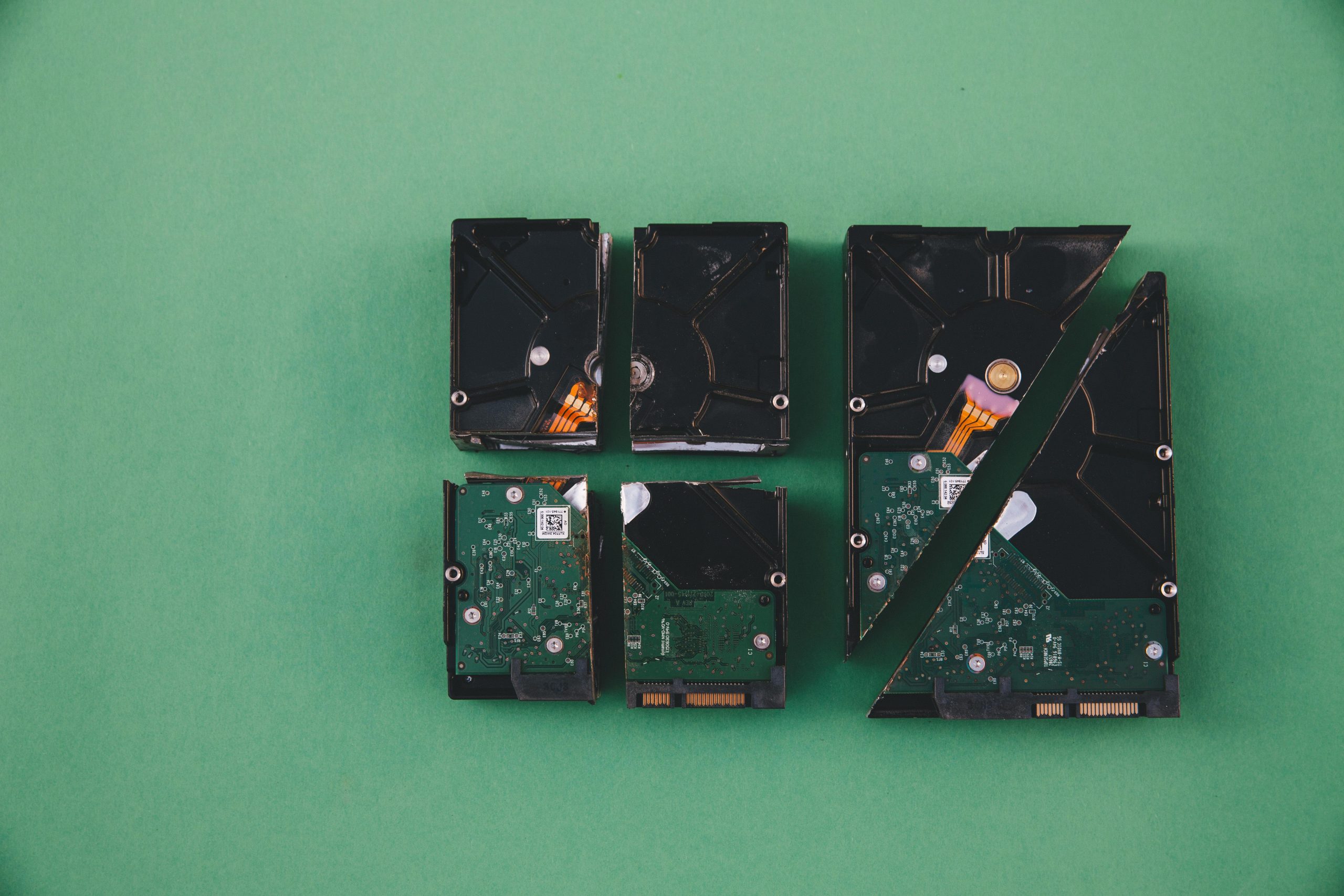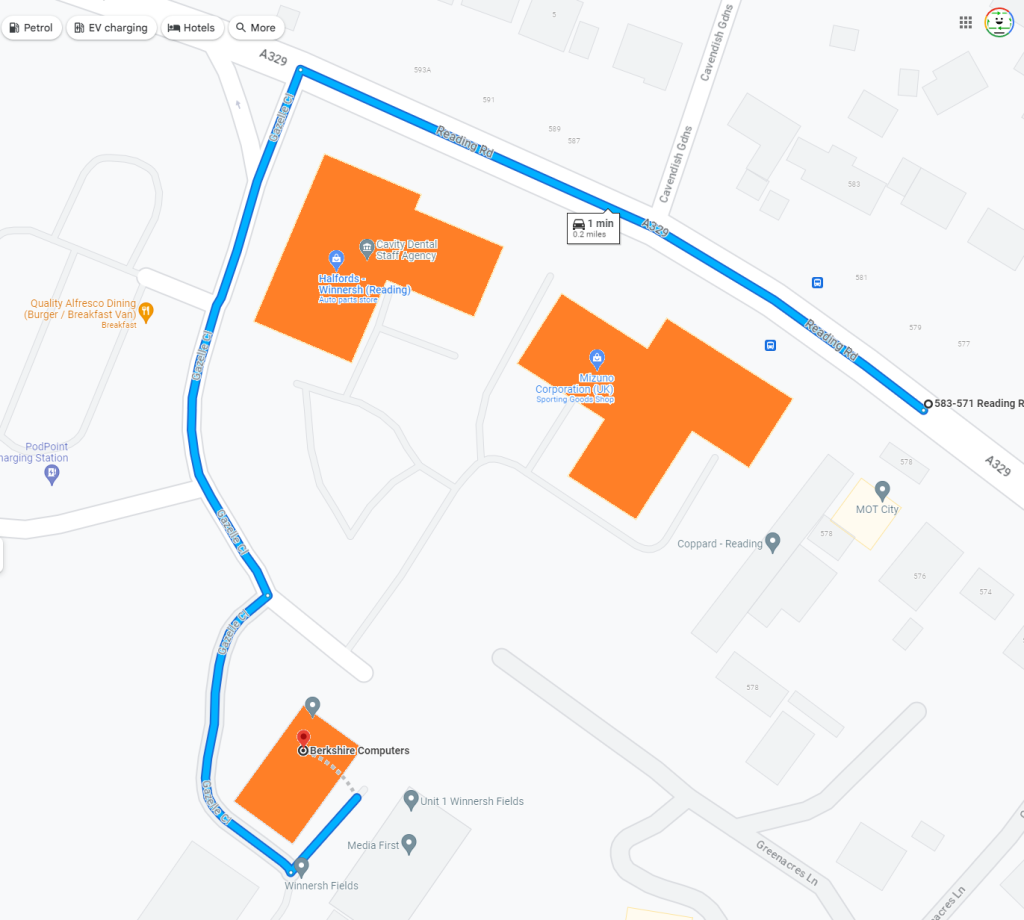Troubleshooting External Hard Drive Recognition Issues on Windows: A Practical Guide
Navigating the complexities of technology can often lead to frustrating moments, especially when dealing with external storage devices. A common issue faced by many users is when an external hard drive is detected by the computer but fails to display its contents. In this article, we’ll explore a specific scenario and offer potential solutions for troubleshooting this problem.
The Issue at Hand
Imagine this scenario: You connect your external hard drive to your computer, and while the system acknowledges that the drive is plugged in, the folders and files simply won’t show up. After attempting to unplug and re-plug the device multiple times and trying different USB ports, the drive still remains elusive. A glance at Disk Management reveals an “unallocated” status, indicating that the operating system is unable to recognize how the data is organized on the drive.
The Common Fix: A Double-Edged Sword
A widespread suggestion for resolving this issue involves going into Disk Management and selecting the option to create a “new volume.” While this process can restore access to the drive, it comes with a significant downside—doing so will erase all existing data on the external drive. This renders the drive effectively useless if you only need to access the files without losing valuable information.
Considerations for Cross-Border Compatibility
Further complicating matters is the geographical origin of the hardware. In this particular case, the user has a computer purchased in the United States, while the external hard drive was acquired locally in Brazil. Although this might not inherently cause issues, discrepancies in formatting or file system compatibility could be contributing factors to the recognition problem.
Seeking Solutions
If you find yourself in a similar position and wish to recover your files without resorting to formatting the drive, consider the following steps:
-
Check File System Compatibility: Assess if the external hard drive is formatted with a file system that your computer can read. For instance, if it’s formatted in a format like ext4, Windows may not be able to display it without additional Software.
-
Use Data Recovery Software: Before attempting any kind of formatting, it might be prudent to use Data Recovery tools that can scan for and recover lost files from your drive.
-
Connect to a Different Computer: Sometimes, a simple hardware issue can be at play. Testing the external hard drive on a different computer can help determine if the problem lies with the drive itself or the original computer.
-
**
Share this content:



